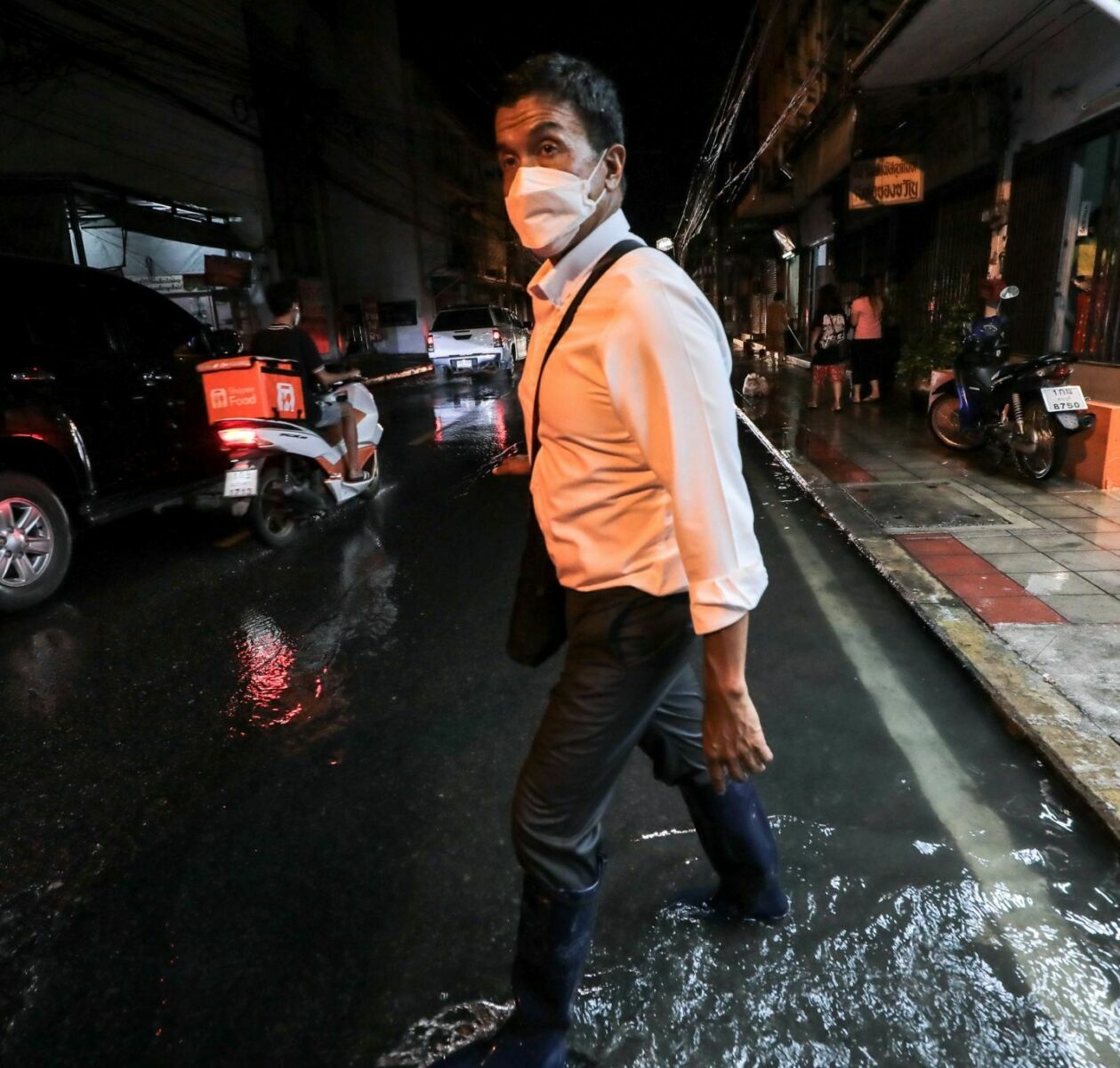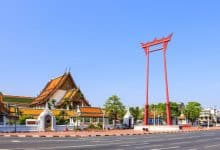Bangkok governor plans more water pumps to prevent flooding as thunderstorms forecast

Bangkok Governor Chadchart Sittipunt announced plans to install additional water pumps throughout the city to prevent flooding, as weather experts predict thunderstorms will hit the capital this week.
The 56 year old city chief visited the Prawet Burirom Canal in the Prawet district and inspected the drainage system at the nearby Muang Thong Garden Village on Tuesday. The Bangkok governor commented on how the village was affected by a severe flash flood the previous year. The village’s location next to the canal makes it particularly vulnerable to flooding when water levels rise, he explained.
The Bangkok Metropolitan Administration (BMA) intends to implement a drainage solution by constructing water retention areas and water gates to prevent water from Khlong Prawet Burirom from flooding nearby regions. Furthermore, the BMA has requested cooperation from the village owner in expanding the village’s drainage pipes to improve water flow and installing water pumps to aid in drainage efforts, Bangkok Post reported.
Chadchart highlighted that numerous flood-prone areas in Bangkok are private properties beyond the BMA’s control, such as the MCOT junction on Rama 9 Road and areas adjacent to the Central Bangna Department Store.
The Meteorological Department has forecasted heavy rainfall for Sunday’s polls due to Cyclone Mocha. Thunderstorms are expected in 60% of the north, while 40-60% of Bangkok and neighbouring provinces are predicted to experience rain.
Chadchart hopes the pumps will be more effective in dealing with future flooding.
Last year, Bangkok experienced severe flooding due to heavy rainfall. The floods began in September and lasted for several weeks, causing widespread damage to the city and surrounding areas.
The floods were caused by a combination of factors, including heavy monsoon rains, poor drainage systems, and high tides. The floods affected both residential and commercial areas, causing damage to homes, businesses, and infrastructure.
Rescue teams were deployed to help people evacuate their homes, while temporary shelters were set up for those who were displaced.
The flooding also caused significant disruption to transportation, with many roads and public transport systems being forced to shut down. Schools and other public services were also affected, with many forced to close temporarily.
The flooding highlighted the need for improved infrastructure and drainage systems in Bangkok to prevent similar disasters in the future.
Latest Thailand News
Follow The Thaiger on Google News:


























